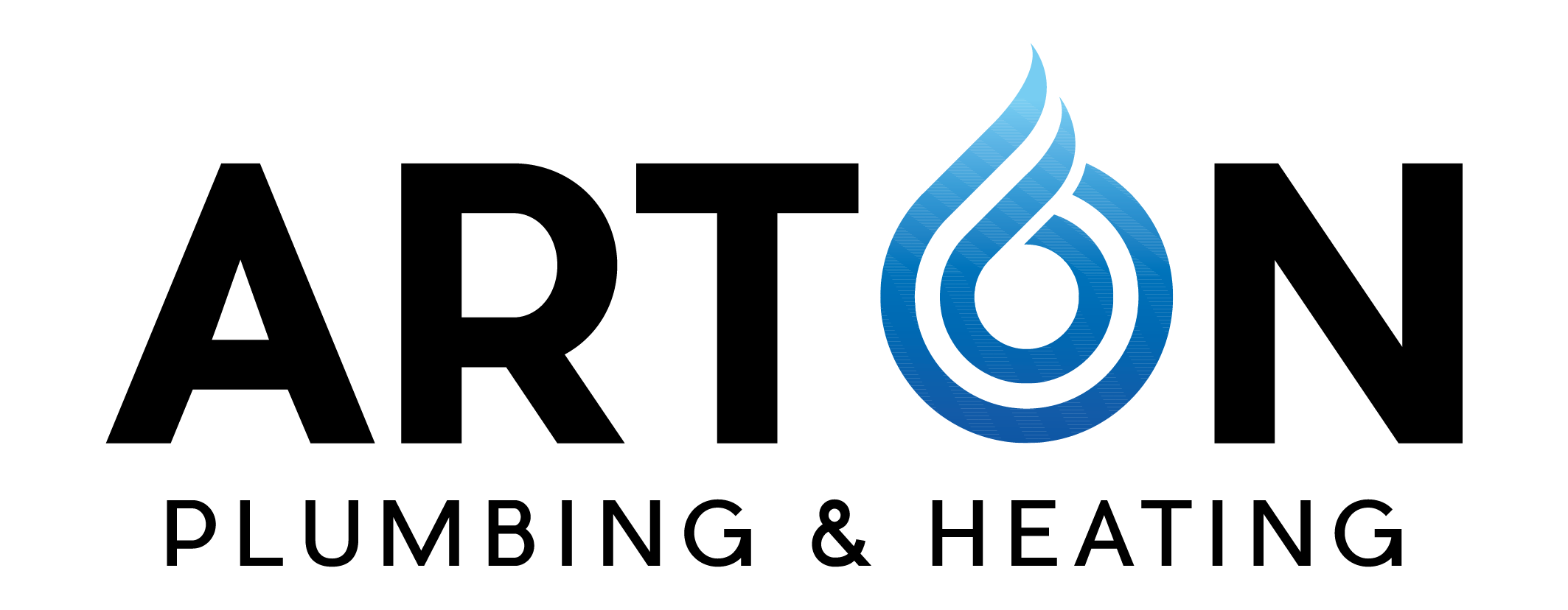A little-known way to save money on your heating bills is to turn down the flow temperature on your boiler. This sounds intriguing but proceed with caution. In some cases, lowering the temperature of your boiler can cause you a headache, not least because the water isn’t hot enough to kill off bacteria.
In this post, we look at the ideal boiler flow temperature and the pros and cons of adjusting it.
What is boiler flow temperature?
Boiler flow temperature is the temperature of the water as it leaves the boiler. Modern boilers work in a closed-loop system. Hot water makes its way to your radiators, taps, and shower before returning to the boiler.
This is different from the temperature controlled by your thermostat, which tells your boiler when to come on and turn off.
Ideal boiler flow temperature
When it was first installed, your new boiler was likely set to its highest flow temperature, typically around 70 to 80 ℃.
Unless you’ve changed it, it’s safe to assume it’s still set at the maximum. This is too high to run your boiler efficiently, but the good news is you can turn it down.
The ideal boiler flow temperature is between 60 and 70 ℃ (there are some caveats, which we’ll cover further down the page).
Most people can manage at this temperature or lower, but everyone is different. What’s comfortable for you may not be for someone else. It’s easier to cope with a lower temperature in summer when the climate is warmer, and you’re less reliant on your central heating.
Should I turn my flow temperature down?
If you have a modern, well-insulated home, it’s worth trialling a lower flow temperature. Trial and error is the best way to find the most comfortable temperature to suit your household.
Without insulation or large enough radiators, turning down your temperature flow rate will put additional stress on your boiler as it tries to keep up with the demand of heating your home. In these cases, it may have the opposite effect, as your boiler uses more energy and your costs creep up.
Keep in mind that turning down the flow temperature will affect the temperature of your home, which can be dangerous for some people. Maintaining your home’s temperature is critical for the elderly, very young, and vulnerable.
How to adjust the flow temperature
Every boiler make and model is different; always check the manufacturer’s guidelines before changing your boiler’s flow temperature. The steps to change a Worcester Bosch boiler flow temperature will be different to a Vaillant or Ideal boiler.
Turning down the flow rate temperature on your conventional boiler
A conventional boiler with a hot water cylinder shouldn’t be set to lower than 65 ℃. Anything lower than this, the water is not hot enough to kill off harmful bacteria, putting you at risk of Legionnaires’ disease.
Here’s how to turn down the flow temperature on your conventional boiler
- Consult the manual: Refer to your boiler’s user manual to locate the temperature control and understand the specific steps for your model.
- Turn off the boiler: Before making any adjustments, ensure the boiler is turned off and has cooled down to prevent any risk of harm.
- Adjust the temperature: Turn the temperature dial to lower the temperature. If your boiler has a digital interface, use the buttons or touchscreen to adjust the temperature.
You may need to try different temperatures to find the right balance between energy savings and comfort. Periodically check the flow temperature and adjust as needed, especially as the seasons change.
Turning down the flow rate temperature on your combi boiler
With a combi boiler, you can adjust the flow temperature of the radiators and hot water separately.
On the front of the boiler, you should find two separate dials – one with a tap above it and one with a radiator.
To begin, turn down the dial with the radiator above it.
Though you can turn down the temperature of your hot water, it makes sense to start with your radiators first.
How much can I save by turning down the flow temperature on my boiler?
By reducing your boiler’s temperature, you can lower your gas bills. Some estimates suggest a low flow temperature can improve boiler efficiency by up to 5% (assuming your boiler was set at the maximum temperature before you adjusted it).
Lowering the flow temperature of a boiler in a well-insulated property can reduce energy bills by between 9% and 13%.
The more you’re willing to experiment with different flow temperatures, the more likely you are to find the right balance between comfort and lower bills.
The risks to lowering your flow temperature
There are some risks to reducing the temperature of your boiler.
- If your home isn’t insulated correctly or your radiators are undersized, you might find that your home’s temperature is uncomfortably cold. This can be dangerous for older people, young children, and the vulnerable.
- Reducing the flow temperature on a conventional boiler with a hot water cylinder risks the development of Legionella bacteria.
- If you don’t know what you’re doing, you may unintentionally adjust other settings on your boiler.
The best way to offset these risks is to seek the advice of a trained gas engineer. Before you adjust your boiler’s temperature, contact your local heating company for help understanding the pros and cons.
The bottom line
Lowering your boiler flow temperature can save you money, but it shouldn’t come at the cost of comfort. It’s about finding a balance between improving your boiler efficiency and heating your home sufficiently.
If you’re in any doubt about whether it’s worth reducing the temperature of your boiler, we’re here to advise you. Call or email our friendly team for support.



